The endangered gibbons who’ve been reunited after 132 years
It took 13 years for this tree-planting project to begin to form a wildlife corridor. Now, the route is expanding territory for western hoolock gibbons and other primate species.

Jeevan Deka points up and exclaims in a whisper: “There, can you see it?!” I follow the imaginary line from my guide’s forefinger straight to the dense foliage overhead. A small creature with thick and shaggy black fur is dangling on the branch of a huge tree. For a fleeting moment, I see a mask-like face with white stripes above the eyes – and then suddenly it’s gone, vanishing into the leaves.
“That’s a male western hoolock gibbon,” Deka says. “The females have a grey-brown coat and both the sexes are characterized by long limbs.” Known for their shyness and swiftness, these highly arboreal canopy-dwellers are rarely spotted in the wild.
I’m at Hollongapar Gibbon Wildlife Sanctuary in the northeastern Indian state of Assam. Spanning only 21 square kilometres, the reserve forest, located along the south bank of the Brahmaputra River, is an evergreen, isolated patch with the highest primate diversity in India. Species here include the capped langur, the northern pigtailed macaque, the Assamese macaque, the rhesus macaque and the nocturnal Bengal slow loris. It is also India’s only protected reserve forest for the western hoolock gibbon, a lesser ape species listed as endangered on the International Union for Conservation of Nature’s Red List. It is estimated that about 125 gibbons call Hollongapar their home.
The story of the sanctuary spans more than a century. In 1881, land here was set aside for a reserve forest. In the decades that followed, however, many wrongs were committed, including a devastating decision to run a 1.6-kilometre railway track through the sanctuary, essentially dividing it in half. But the latest chapter is one of hope for both the gibbons and their forest-dwelling neighbours – thanks to rewilding.
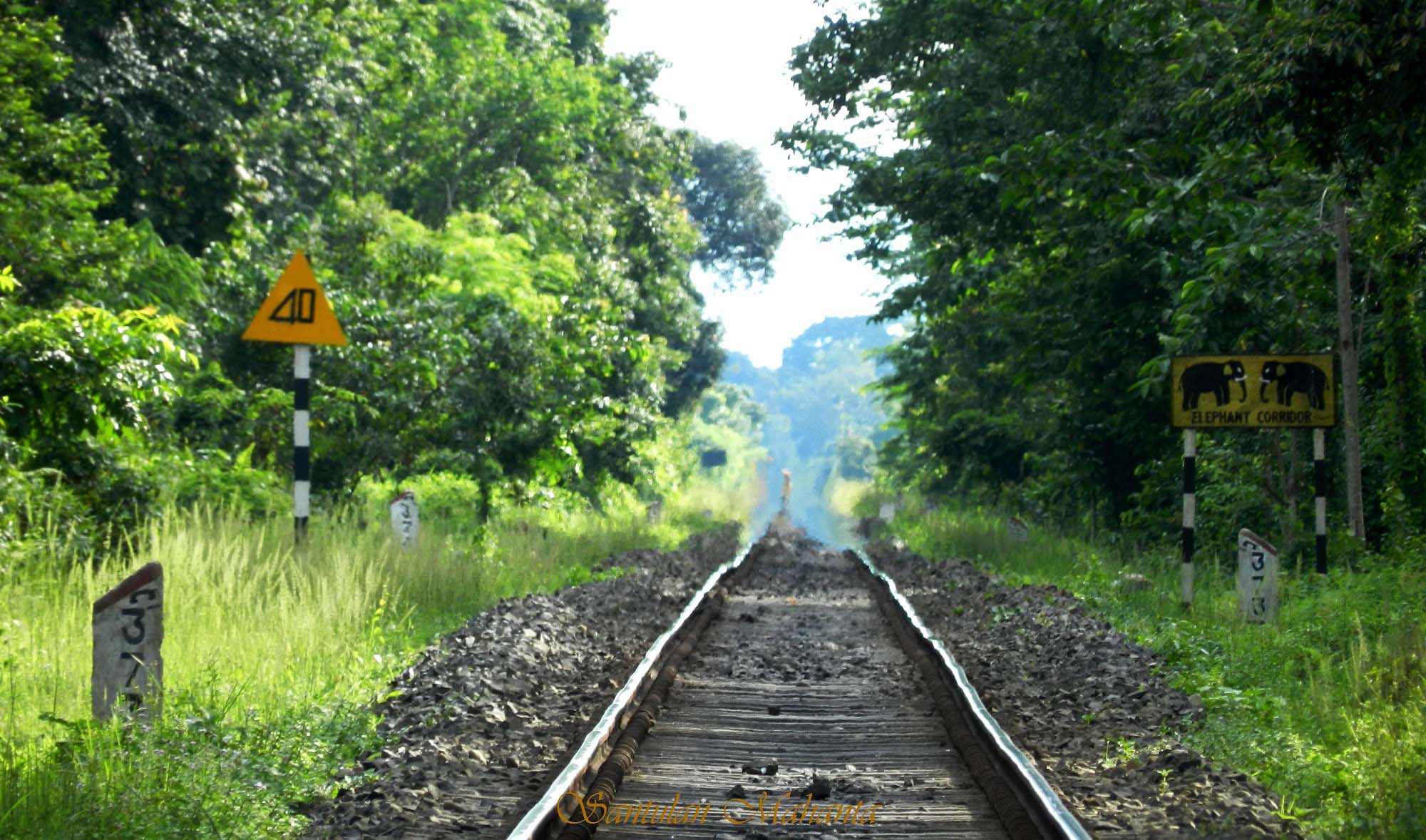
“Habitat loss due to infrastructural development such as roadways and railways has been one of the major threats to the survival of these gibbons,” says Dr. Dilip Chetry, a senior primatologist who leads the primate research and conservation division at Aaranyak, an Assam-based organization working for the conservation of biodiversity in northeast India.
Even before the railway, habitat fragmentation was a problem for the sanctuary. Once an integral part of the forested landscape of northeast India, it was largely disconnected as tea gardens were established under British colonial rule, between 1880 and 1920. And it became a completely isolated forest island when villages on its fringes were set up to rehabilitate people displaced by the devastating Assam floods of the 1960s.
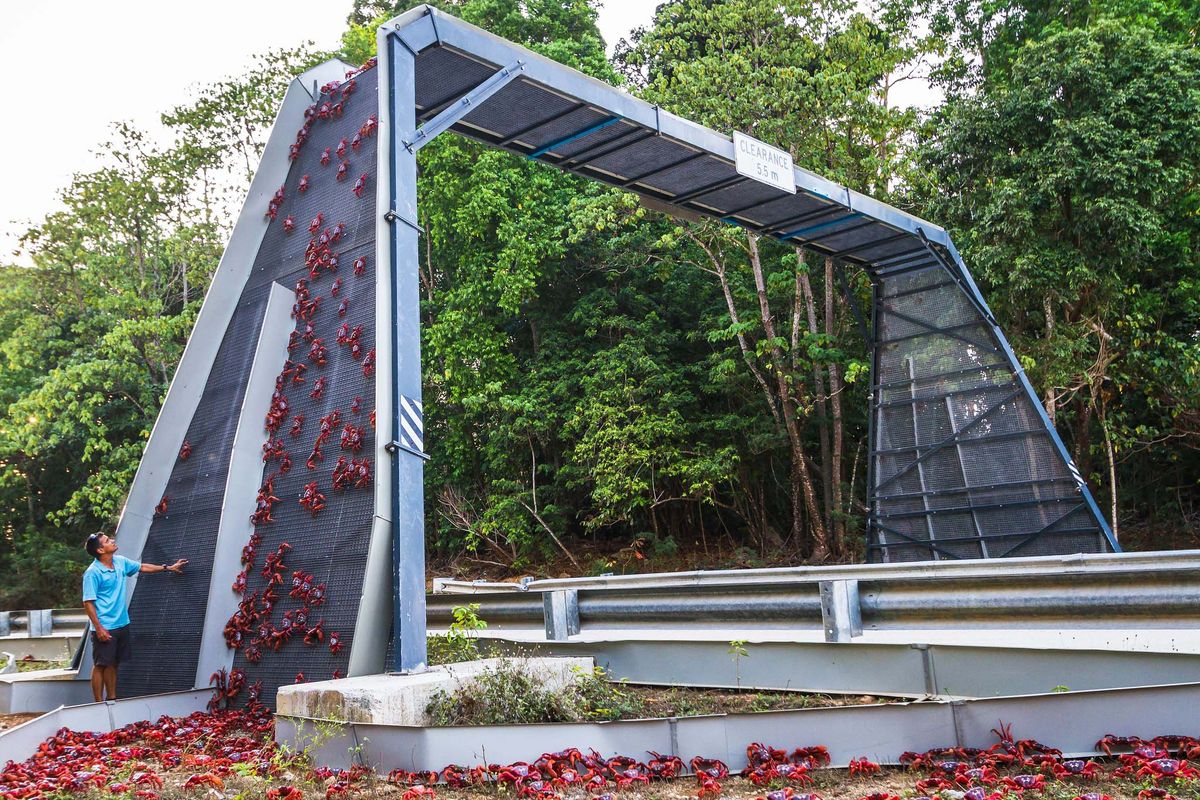
But nothing was more harmful than the railway, constructed in 1887. Splicing the reserve in half, it fragmented the contiguous pattern of vegetation and restricted the movement of the highly arboreal gibbons, who seldom cross open spaces on the ground.
“Accidental killings of the wildlife – including elephants, capped langurs and pythons – by the speeding trains have been frequent occurrences ever since,” Chetry says.
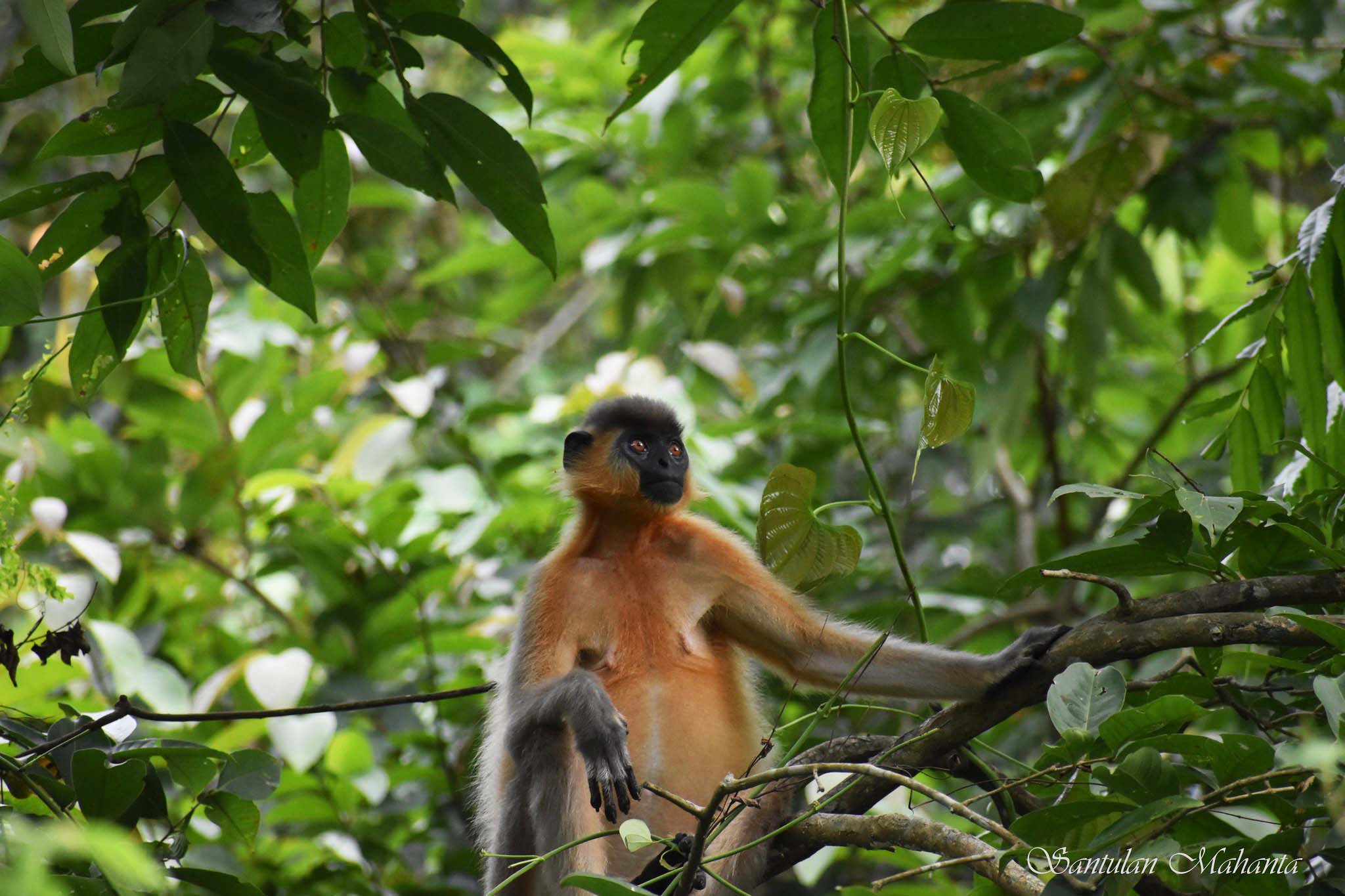
The bifurcating track has been a major conservation threat for the endangered western hoolock gibbons in particular, Chetry adds. “The railway track practically divided the family of gibbons. The lifespan of gibbons in the wild averages about 30 years. So for over a century they remained separated for roughly four generations.”
In 2006, 119 years after swaths of trees were felled to make room for the passing trains, Aaranyak launched a project to reestablish the long-lost canopy connectivity. As part of the Hoolock Gibbon Conservation Program, more than 3,000 native tree saplings were planted on both sides of the railway tracks along a one-kilometre stretch.
“We had to carefully select the trees: No less than 71 species of trees were planted that are good sources of food for the gibbons and also favoured by these endangered primates as lodging options,” Chetry says. He acknowledges the role of local villagers and the forest department for participating in and facilitating the rewilding project. “As the trees grew taller over the years, our hopes of rebuilding natural canopy bridges soared.”
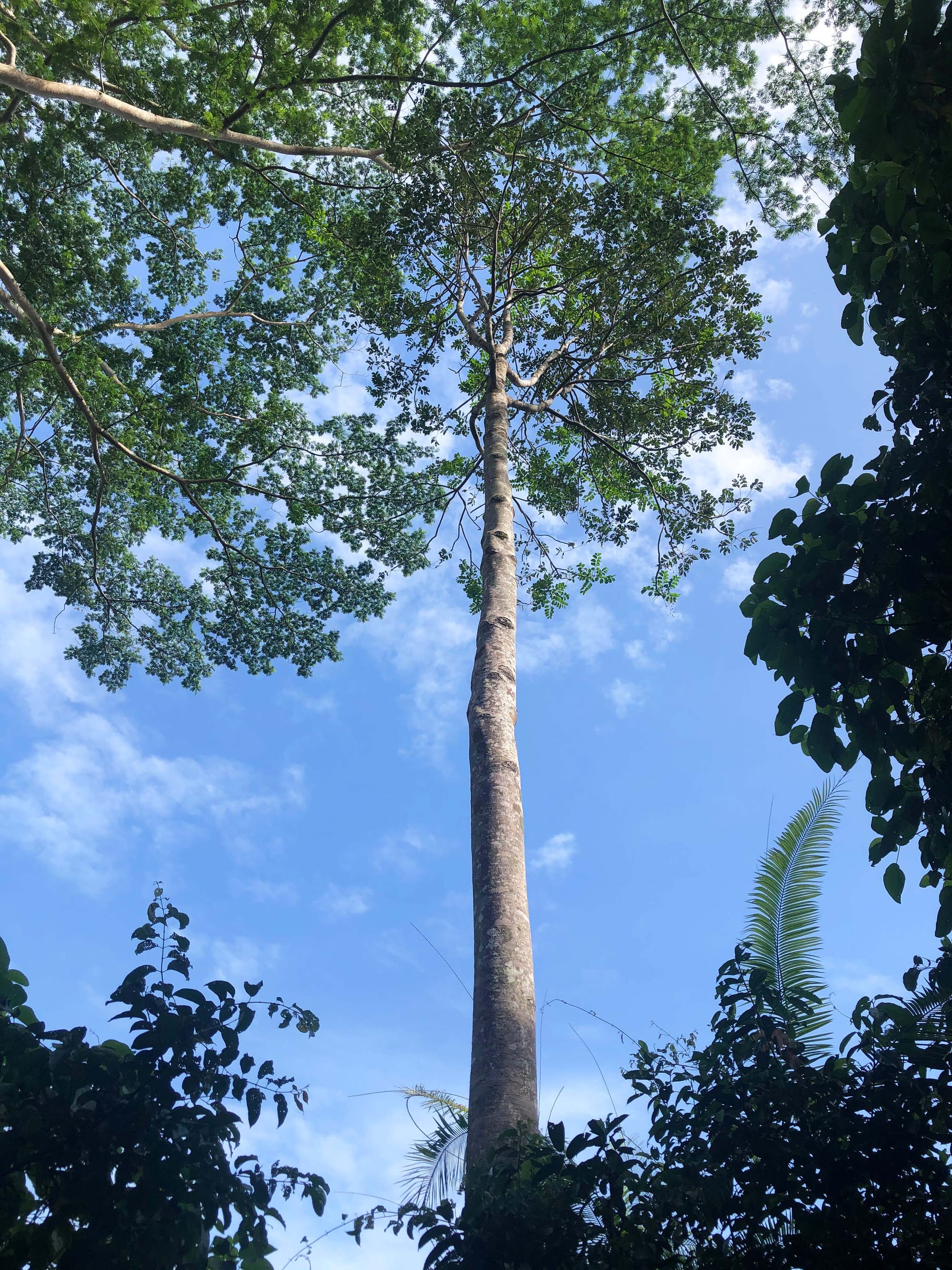
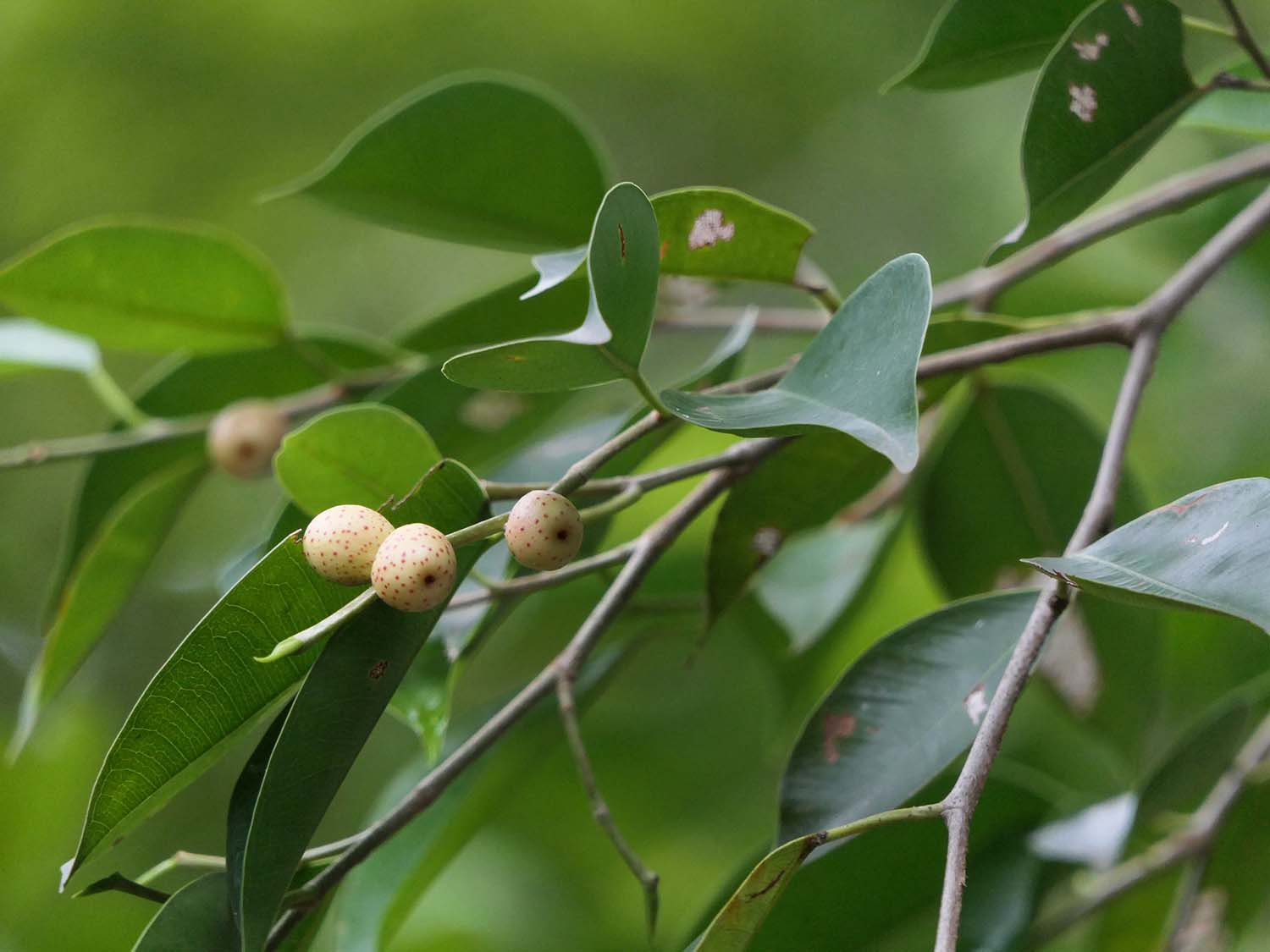
The first tree species to form a canopy over the railway tracks were Ailanthus integrifolia (left), Ficus benjamina (right) and Tetrameles nudiflora. Photos: Cerlin Ng and Dinesh Valke / Flickr.
Finally, 13 years after the coordinated tree plantation drive, branches of three trees on either side of the railway track overlapped each other to form a canopy bridge. “The first crossover was reported a few months later,” Chetry says. On October 20, 2019, a forest officer observed a male gibbon using the canopy to reach members of his extended family on the other segment of the forest.
After a gap of 132 years.
Since then a number of gibbons have crossed, as well as capped langurs and rhesus macaques.
“This has been a happy reunion of sorts for the gibbons, and we expect a resultant increase in their population,” Chetry says. Four other natural canopy bridges are nearing completion at different locations along the rewilded stretch, which he believes will further consolidate the conservation program.
As I prepare to leave Hollongapar, our driver is about to start the vehicle when Deka signals him to stop. Amid the incessant buzz of insects and chirps and trills of birds, a loud and clear call wafts through the crisp morning air. It reminds me of a duet, rapidly alternating between high and low musical notes.
“That’s a male and a female gibbon calling – they often sing together,” Deka says, smiling. “They sound like a happy couple.”





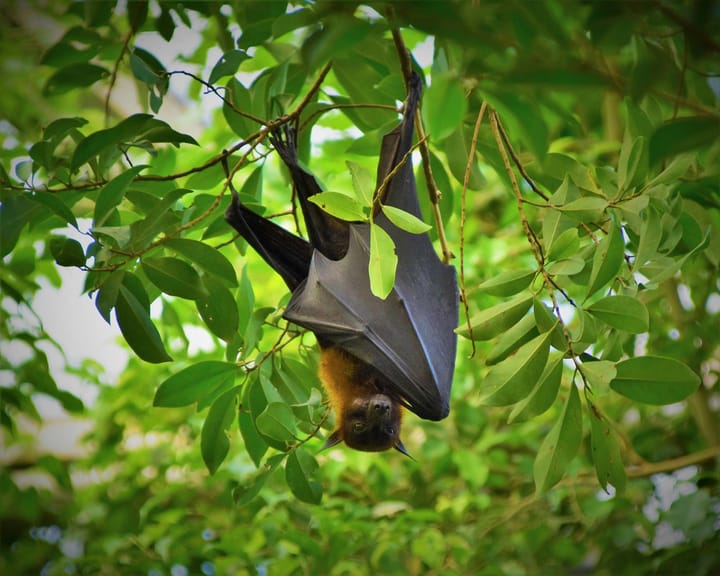
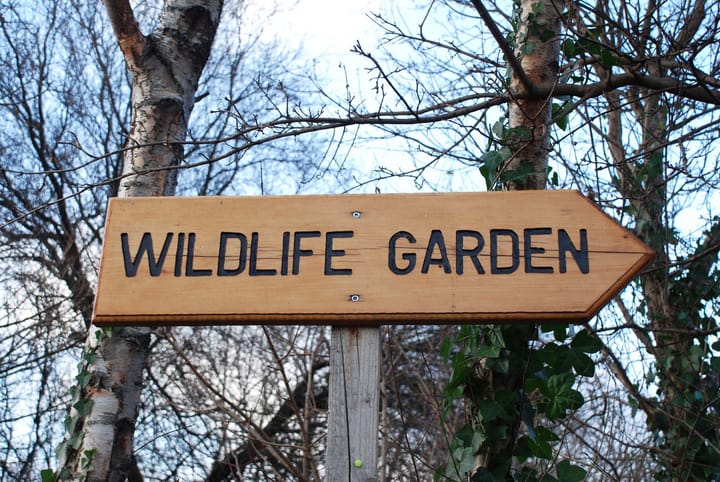
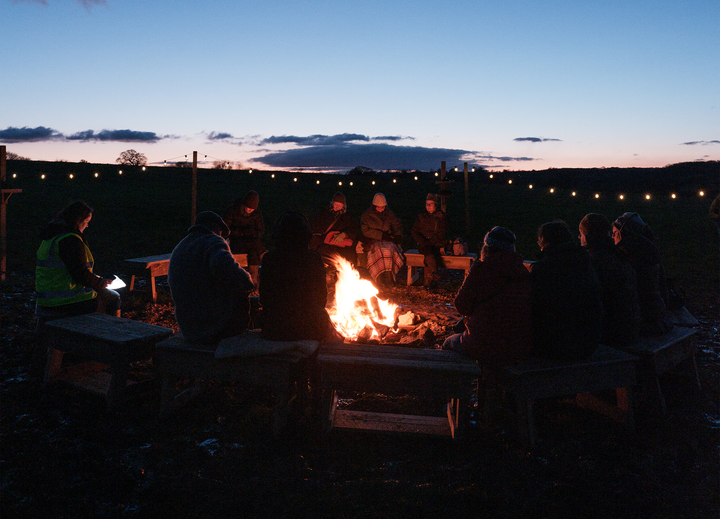
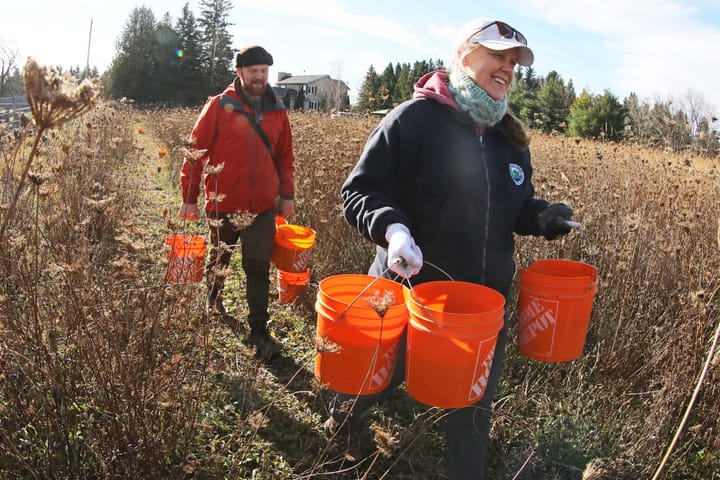
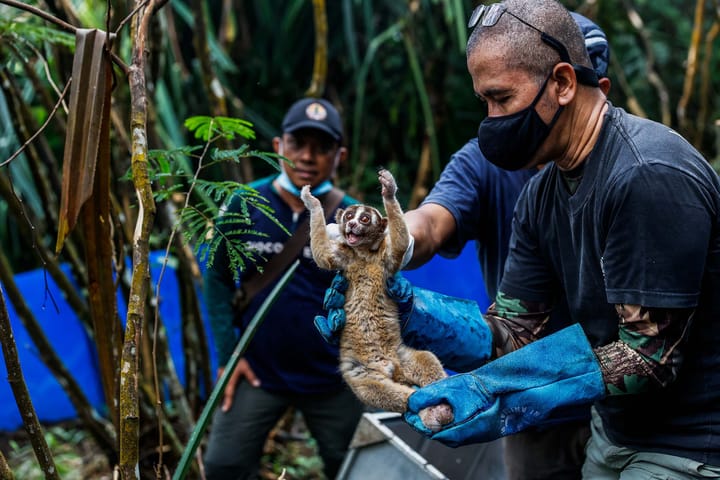
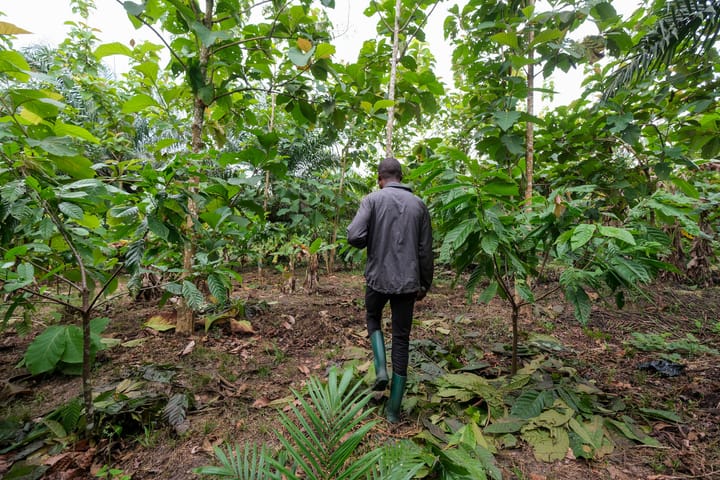
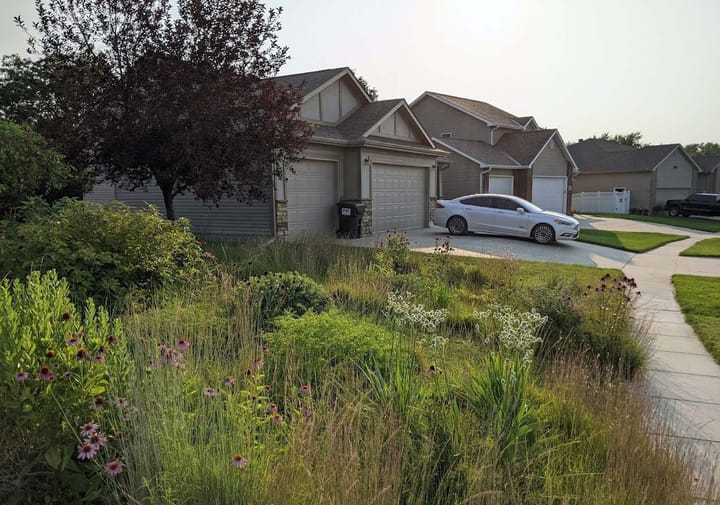
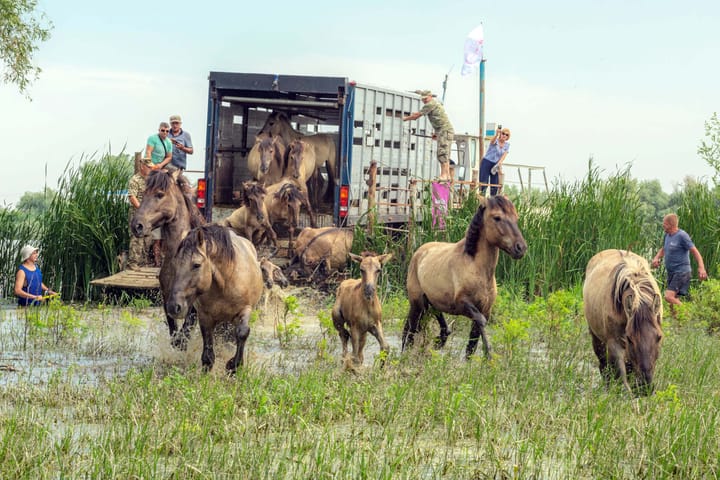
Comments ()